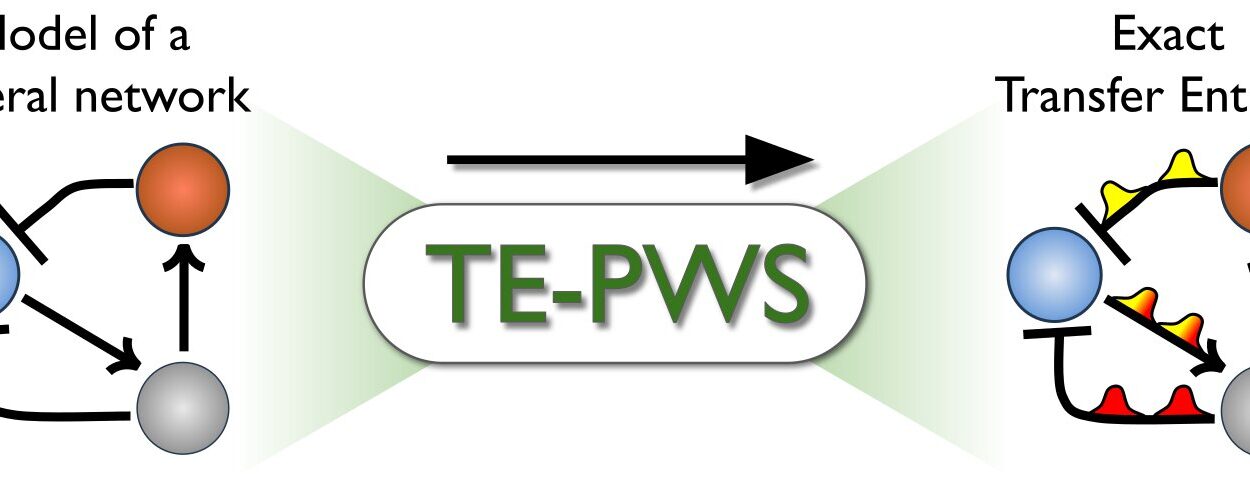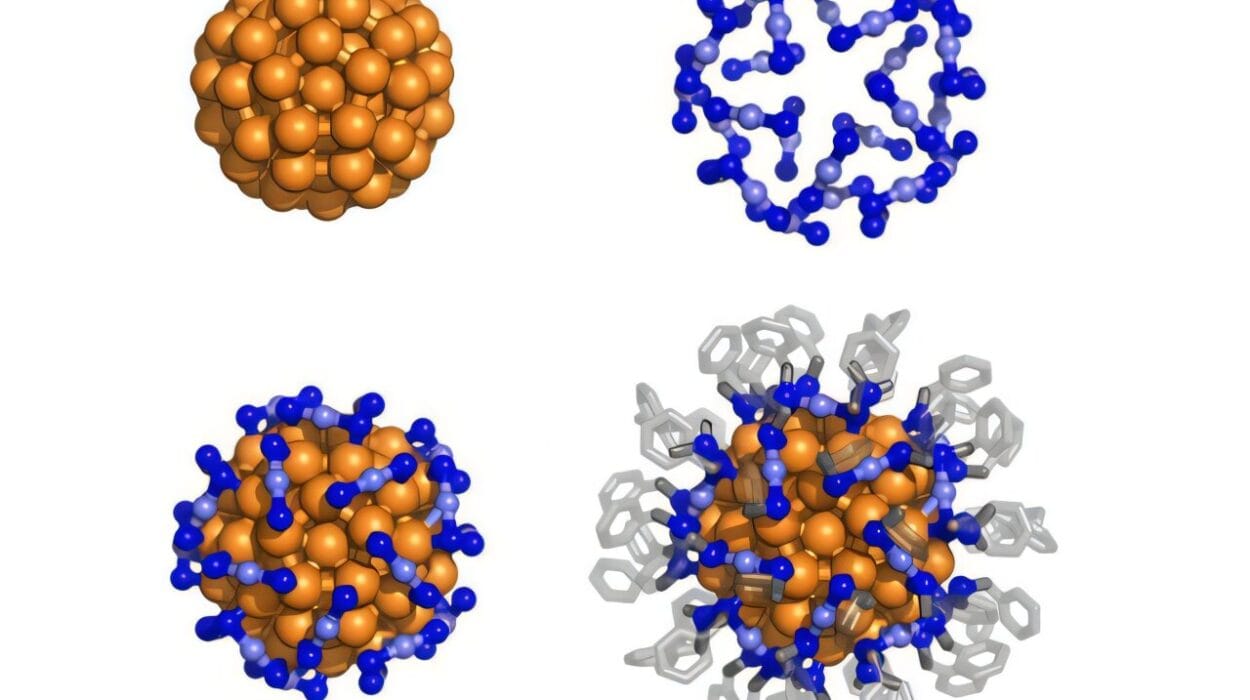In the deep vaults of the universe’s building blocks, where protons and neutrons crowd together in volatile clusters, a quiet scientific revolution is unfolding. Researchers at GSI Helmholtzzentrum für Schwerionenforschung in Germany have announced a discovery that challenges our understanding of how matter holds itself together—especially when it shouldn’t.
In a new study published in Physical Review Letters, scientists revealed the creation of a new superheavy isotope, Seaborgium-257 (257Sg). This fleeting atom, living just 12.6 milliseconds, offers unprecedented insights into one of physics’ most mysterious puzzles: what makes the heaviest atoms resist tearing themselves apart?
A Brief Spark in a Violent Realm
To appreciate this breakthrough, imagine the atomic nucleus as a tightrope act of opposing forces. On one hand, the strong nuclear force pulls protons and neutrons together, a glue stronger than anything else in the universe. On the other, the electromagnetic force pushes protons apart—they’re all positively charged, after all. As atoms grow heavier and heavier, the struggle between these forces becomes a brutal tug-of-war. Past a certain size, you might expect these giant nuclei to collapse almost instantly.
And yet, they don’t. Some live for milliseconds. Some, for fractions of a second longer. In the realm of superheavy elements, that’s an eternity.
Enter 257Sg, a newly synthesized isotope with 106 protons and 151 neutrons. Created by colliding chromium-52 and lead-206 atoms inside GSI’s TASCA (TransActinide Separator and Chemistry Apparatus), this rare isotope is forcing physicists to rethink the very rules of nuclear structure.
Watching an Atom Die
Once formed, 257Sg began to decay—emitting an alpha particle and transforming into another exotic isotope: rutherfordium-253 (253Rf). But 253Rf didn’t last long. In just 11 microseconds, it underwent spontaneous fission, splitting into fragments and releasing a flash of energy.
It might sound like a predictable ending for a superheavy element. But here’s the twist: 257Sg lives longer than its heavier cousin, 258Sg, a counterintuitive observation in nuclear physics, where more neutrons usually help stabilize large nuclei. Even more perplexing, the process challenged expectations surrounding K-quantum numbers—a nuclear spin alignment that was long thought to resist fission predictably.
Dr. Pavol Mosat, one of the study’s lead authors, explained: “We studied 257Sg and 253Rf isotopes and found that, in general, K-quantum numbers do hinder fission. However, the absolute value of that hindrance is still unknown.”
Translation: The rules of nuclear resistance are more fluid—and more complex—than previously believed.
A Flash of Resistance: The K-Isomer Breakthrough
The story takes an even more dramatic turn with the discovery of the first K-isomeric state in a seaborgium isotope. A K-isomer is a special nuclear configuration—one where the nucleus spins in such a way that it resists fission, clinging to existence far longer than expected.
In 259Sg, researchers detected a delayed signal—40 microseconds after the atom’s creation. This subtle flicker of radiation, a conversion electron, was strong evidence that the nucleus had entered a high-angular-momentum K-isomer state.
Dr. J. Khuyagbaatar, a co-author on the study, emphasized the significance: “K-isomeric states have already been observed in superheavy nuclei such as 252–257Rf and 270Ds. But this is the first time we’ve seen it in seaborgium.”
In a domain where most atoms live and die faster than the blink of an eye, these isomers offer a fragile lifeline—a delay button on decay, a glimpse into the stability superheavy nuclei might one day achieve.
The Island That May Not Exist
For decades, scientists have theorized about an “island of stability”—a region on the chart of elements where certain superheavy atoms might defy chaos, living long enough to be studied, manipulated, perhaps even used. These elements, governed by ideal shell structures, were expected to last seconds or longer—practically immortal compared to their peers.
But 257Sg has brought new uncertainty to that dream.
“It may happen that a superheavy nucleus—perhaps even a not-yet-discovered one—lives less than 1 microsecond,” said Khuyagbaatar. That’s not enough time to isolate, let alone study, in most traditional ways.
But if such a nucleus had a K-isomeric state, it might survive long enough to detect. That tiny window could make the difference between discovery and disappearance.
One predicted isotope, 256Sg, may live just one nanosecond—a blink within a blink. If that prediction holds, the “island” may be more of a quicksand shore than a sanctuary of stable elements.
Engineering Against the Clock
Capturing these atomic ghosts requires more than theory. It takes speed, precision, and ingenuity.
The GSI team built fast digital electronics capable of tracking decay events occurring in less than a microsecond. They designed a compact separator that could isolate short-lived nuclei before they vanished. Every nanosecond mattered. Every signal was a race against time.
“In the case of short-lived nuclei,” Khuyagbaatar explained, “you need fast digital electronics that can disentangle decay signals down to about 100 nanoseconds.”
It’s a feat of engineering on par with the science itself—making the invisible, visible, just long enough to understand.
A Glimpse of What’s to Come
What’s next? The team’s immediate target is 256Sg, a still-undiscovered isotope that could test whether the predicted ultra-short half-life holds true. Success would not only expand the periodic table—it could reshape it.
“Indeed,” said Mosat, “we will try to explore further cases of long-lived K-isomeric states in superheavy nuclei. Concerning the current topic, our nearest plan will be to try to synthesize 256Sg.”
Beyond that, the findings fuel deeper questions about what’s possible. Could new elements be stabilized by clever manipulation of quantum states? Could the map of the periodic table stretch further with the help of isomeric lifelines?
In a realm where matter flickers into being for mere moments, discoveries like 257Sg bring us closer to understanding the forces that define the universe—and perhaps even mastering them.
And that is what makes this news not just important, but historic.
Reference: P. Mosat et al, Probing the Shell Effects on Fission: The New Superheavy Nucleus 257Sg, Physical Review Letters (2025). DOI: 10.1103/s7hr-y7zq






